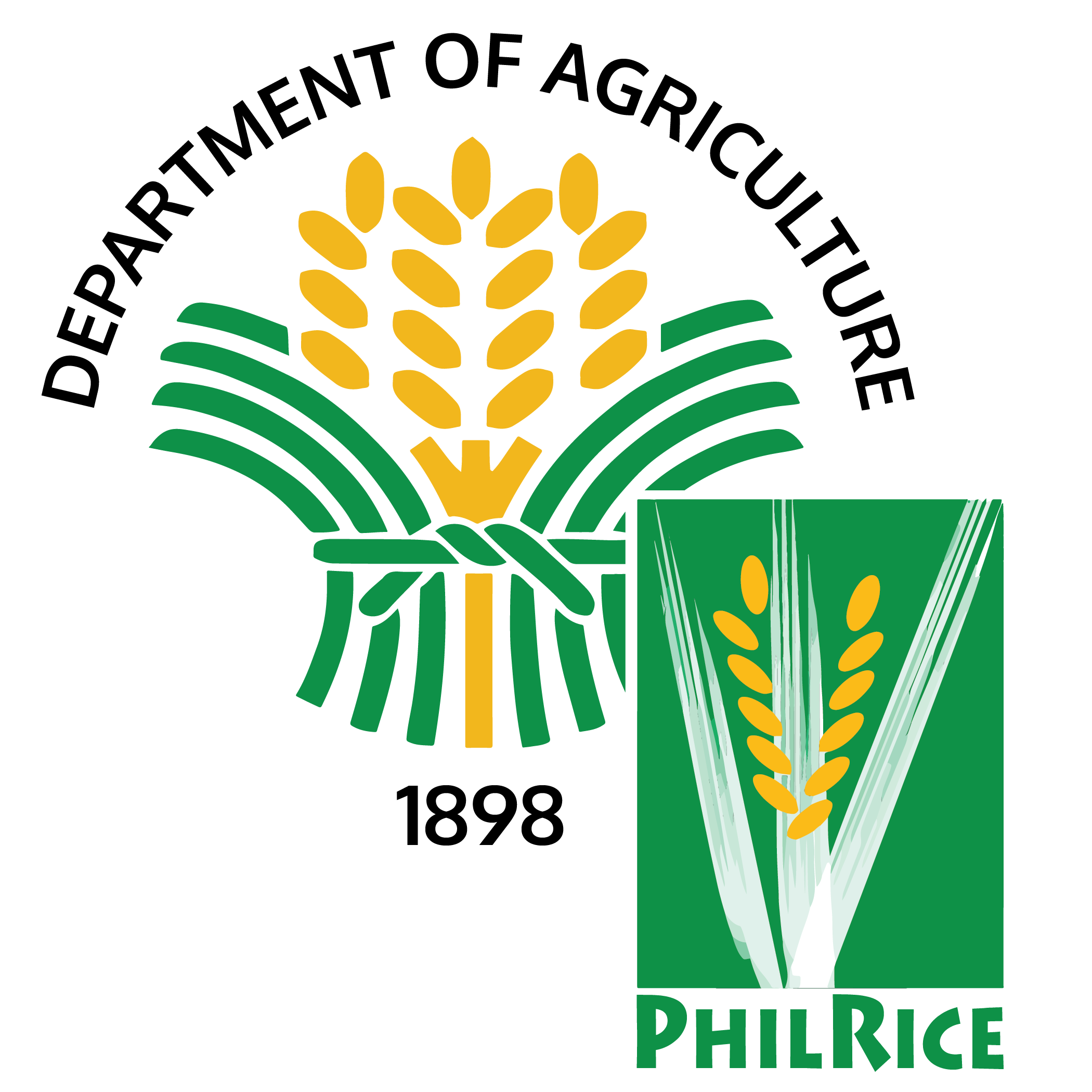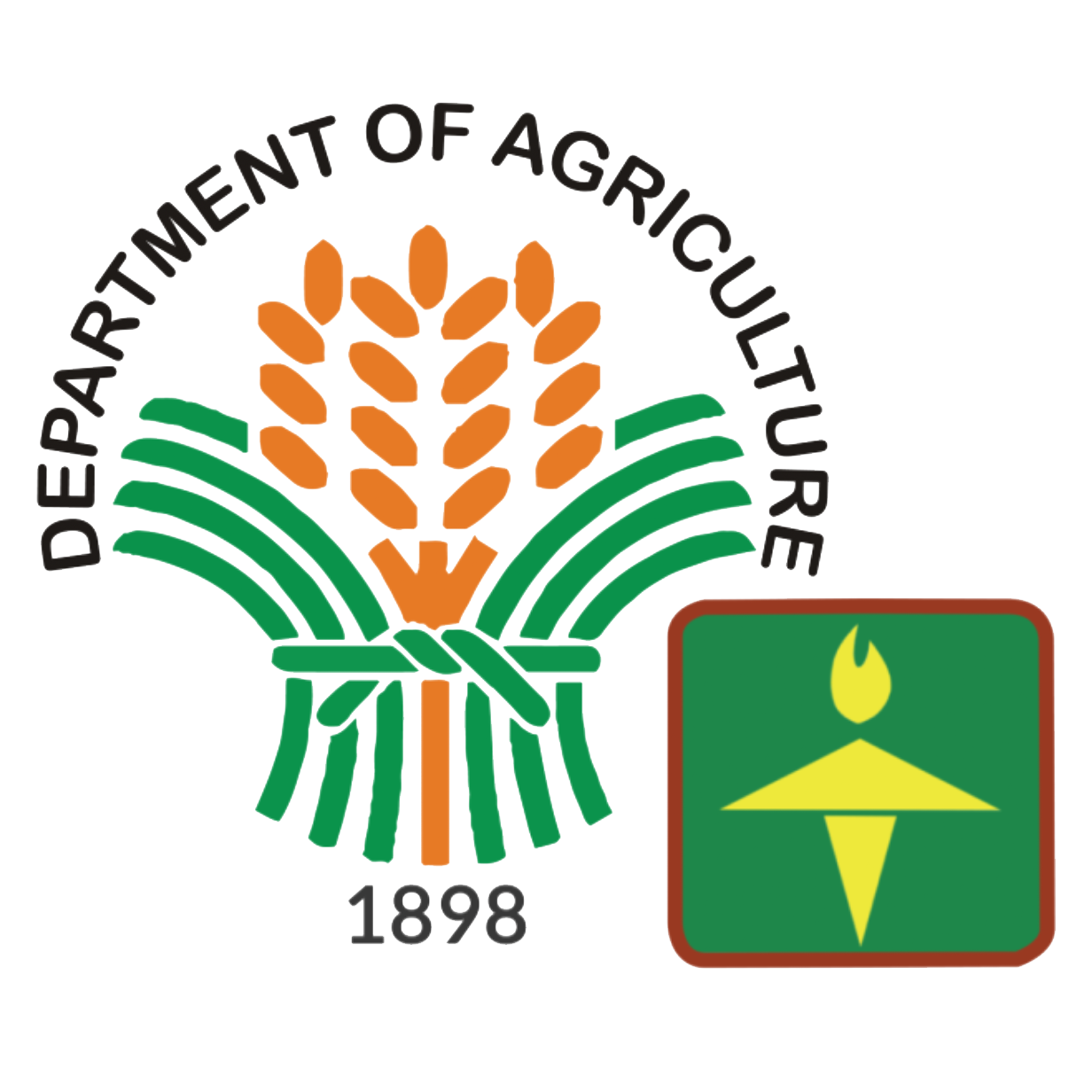Source : Philippine News Agency (https://www.pna.gov.ph/)
Article by : Kris Crismundo
Article Date : October 8, 2020
MANILA – Department of Agriculture (DA) Secretary William Dar has reiterated the benefits of the Rice Tariffication Law (RTL) and the Rice Competitiveness Enhancement Fund (RCEF), saying these reforms will regain the strength and resiliency of the Philippine rice sector.
At the RTL webinar on Thursday, Dar said the RTL meant to achieve these goals by increasing productivity and reducing production cost.
But this would also involve some adjustments among farmers as they have to organize themselves into cooperatives to obtain economies of scale and benefit from modern farm mechanization, he added.
The RTL has been enacted more than a year ago, lifting the quantitative restrictions (QR) on rice and placed it under a general tariff regime.
It aims to protect local farmers by imposing tariffs on imported rice, while tariff collection will fund mass irrigation, warehousing, rice research, and other assistance to farmers that will be affected by the RTL.
It targets to lower domestic rice prices and makes it affordable to greater number of the population.
Dar stressed that the enactment of the RTL is a major game-changer in the country’s rice history.
“We hope to see that after six years of RTL, we have raised the productivity of our farmers from the current average harvests of four metric tons per hectare, to at least six metric tons per hectare. Secondly, we should have reduced average production costs by 30 percent of the carrying costs, ranging from PHP12 to PHP14 per kilogram to ensure bigger profit margins. We need higher productivity and lower production costs,” he said.
The agriculture chief added that the RTL will help the Philippines secure the staple for its growing population in the future.
He noted that the national rice consumption is projected to reach 14.45 million tons in 2022, 15.18 million tons in 2026, and 15.88 million tons in 2030.
In 2019, palay production reached 18.81 million metric tons (MT), or equivalent to 12.3 million tons of rice. This accounted for 90 percent of the projected local rice utilization of 13.91 million tons, Dar added.
‘Good results’
“Initially, we are seeing good results,” Dar said, noting that palay production in the first semester of the year increased to 8.39 million MT from 8.27 million MT in 2019.
He cited the latest survey among 5,000 RCEF beneficiaries in 55 provinces, who harvested an average of 4.14 MT per hectare, reported an additional yield of 440 kilograms, or close to nine cavans of rice per hectare.
The improvement in yield translates to PHP7,500 additional income per hectare for farmers, which farmers and their families can use amid the pandemic, Dar said.
RCEF benefits
A key provision of the RTL is the RCEF, which provides free seeds, machinery and equipment, access to credit facilities, and trainings to farmers.
Annually, the government earmarks PHP10 billion for RCEF for the six years from the tariff revenues of rice imports.
Dar mentioned that from the dry season in 2019 to 2020, over 1.37 million bags of certified inbred seeds were distributed to 554,512 farmers covering 68,586 hectares.
On the other hand, more than 2.27 million bags of inbred seeds were given to 862,854 farmers covering over 1 million hectares during this year’s wet season.
In terms of rice farm machinery and equipment grants, some 2,938 postharvest machineries were already distributed. Of the number, 1,108 were distributed to 625 farmer cooperatives and associations in rice-producing provinces.
In terms of credit facility, RCEF has loaned out PHP1 billion to 5,671 individual farmers and 22 cooperatives last year.
For this year, there is an obligation to release PHP670.88 million worth of loans. Some PHP102.71 million was already released to 610 farmers and 15 cooperatives.
National Scientist Emil Javier, also former president of the University of the Philippines, said it is better if a big portion of the annual PHP10-billion RCEF fund will be provided as a low-interest loan with generous insurance to farmers.
Javier said this credit facility should be available not only to members of farmer cooperatives but to all farmers to expand the beneficiaries of RCEF.
Measures to stop falling palay prices
Meanwhile, Dar said measures are in place to prop-up palay prices.
These measures include a partnership with local government units to procure palay from farmers in their area; procurement, processing, and marketing of palay by multipurpose cooperatives from their farmer members; multinationals to buy directly from farmer cooperatives and associations for their employees’ rice allowance; and potential of giving cash assistance.
For the Department of Trade and Industry, Undersecretary Ruth Castelo said that since the enactment of RTL, prices of rice in the market have gone down.
The RTL has contributed to the taming of the food inflation, Castelo said. (PNA)











